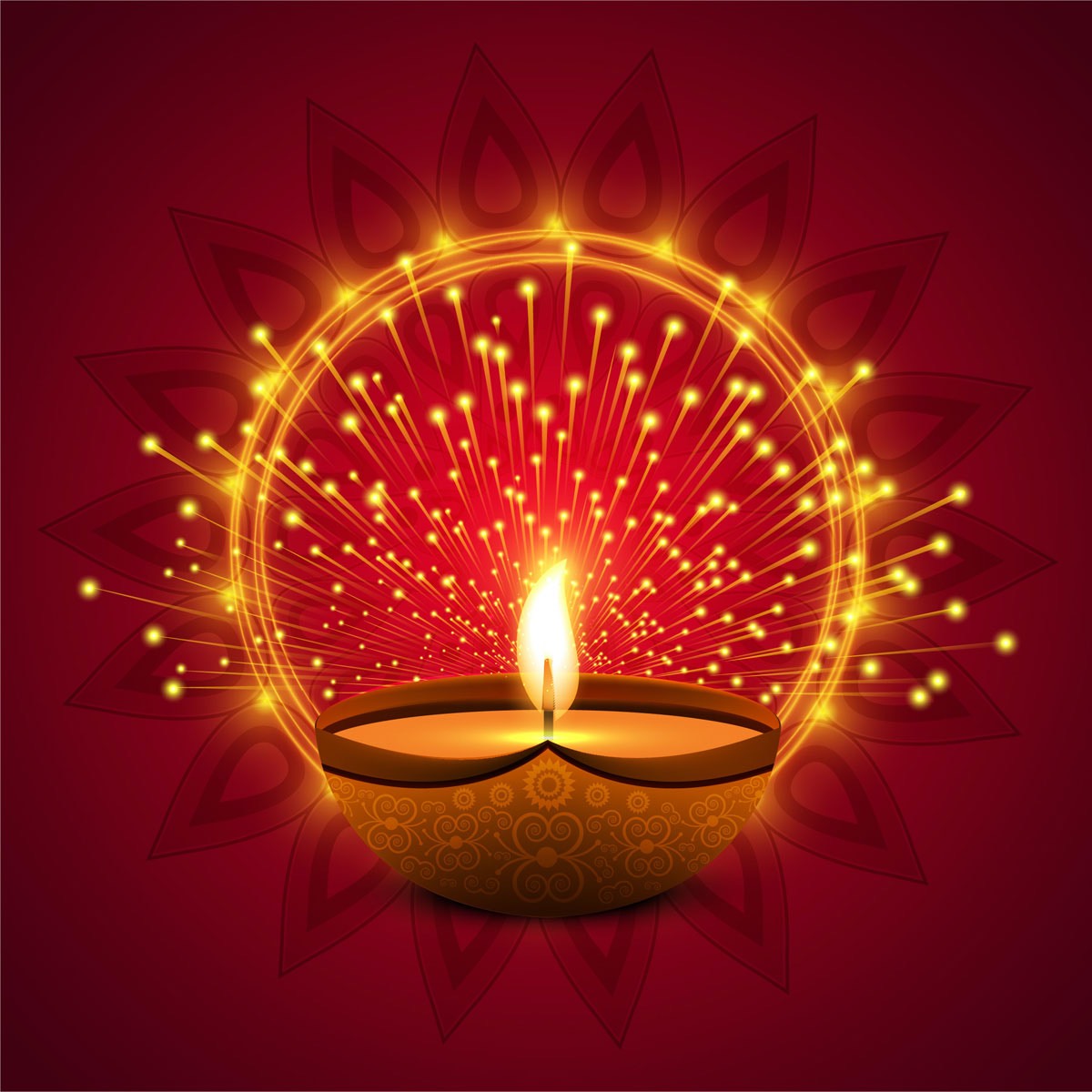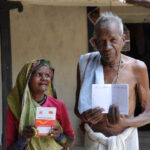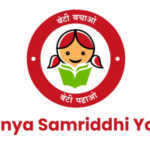After the terrific festivals of Dussehra, the nation sits tight eagerly for one more and maybe significantly glossier, splashier, and really satisfying celebration, the one that marks different fanciful and verifiable occasions Diwali. From inviting Ruler Rama, Sita, Lakshmana, and Hanuman to Ayodhya from exile of 14 years to regarding Lakshmi, the goddess of fortune and success, the reasons might change yet the affection, reverence, and furor are unmistakably tangible across India and numerous different countries. As the completely exhilarating stand by approaches an end, the following are a couple of realities about Diwali that will work up your intensity and improve your celebration.
Diwali, also known as Deepavali, is India’s most important and widely celebrated festival of the year, and it is also celebrated by many people around the world. The festival is known globally as one of the most vibrant and colorful events. Prosperity, peace, celebration, and compassion are the key attributes of this five-day festival. Diwali, which for some coincides with harvest and new year celebrations, is a festival of new beginnings, the triumph of good over evil, and light over darkness.
Diwali is celebrated over five days in the following manner:
Day 1 – Dhanteras: “Dhan” means wealth, and “Teras” refers to the thirteenth day of a lunar fortnight in the Panchang. People clean their homes to welcome Maa Lakshmi, the goddess of wealth and prosperity.
Day 2 – Choti Diwali: Everyone wakes up before dawn for a bath and dons new clothes to perform morning religious rituals.
Day 3 – Diwali – Lakshmi Puja/Kali Puja: Considered the main day of the Diwali festival, also known as the “Festival of Lights,” it is characterized by the glow of diyas, candles, and festive lighting. Families worship together, mothers exchange Diwali sweets with neighbors, and children look forward to receiving gifts from their parents and enjoying fireworks.
Day 4 – Padwa: Families celebrate by wearing new clothes and jewelry, inviting relatives, and sharing sweets and gifts with friends and neighbors. Some also observe it as the New Year.
Day 5 – Bhai Duj: A day for family members to express their care and affection for one another. Brothers pledge to protect, and sisters perform Tilak and pray for their brothers’ long and happy lives.
It is fascinating to learn that the celebration of Diwali varies from one region of India to another. The North and the South have different reasons for the festival, leading to diverse customs and rituals. Despite this, one can be certain to see all the houses, shops, and streets adorned with lights, vibrant colors, and decorations. People are brimming with joy, contemplating how to be their best selves. Even amidst this pandemic, the festival is always celebrated with great spirit and enthusiasm.






